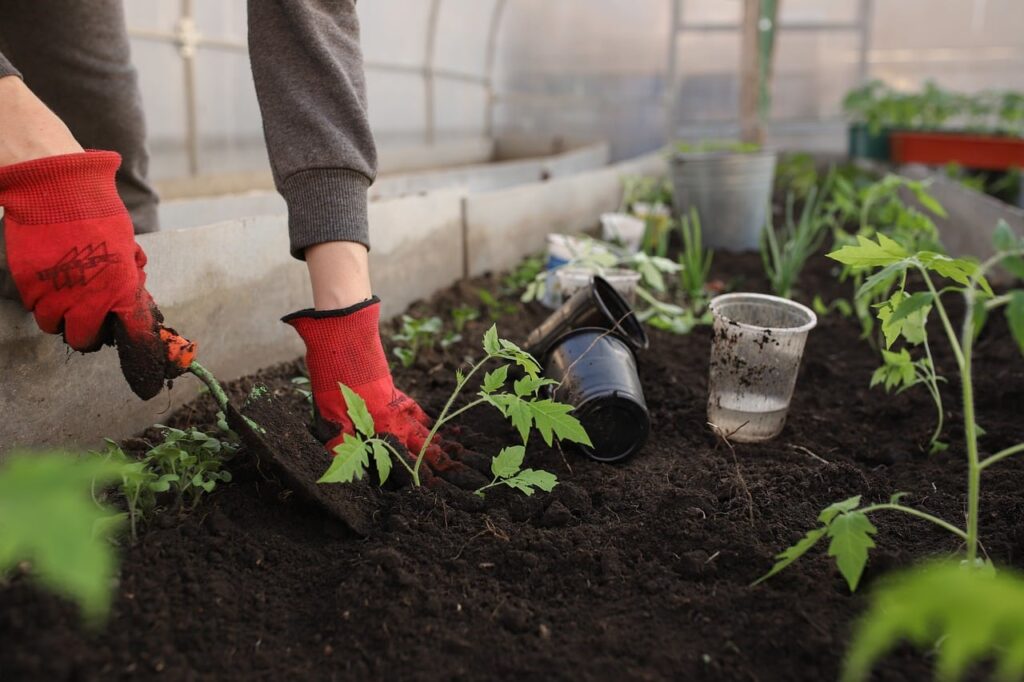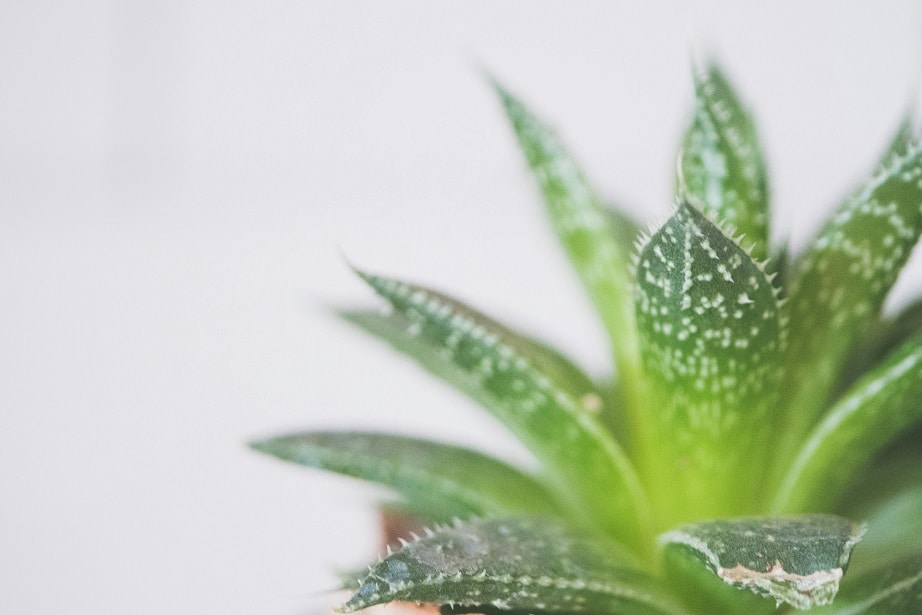Discover soothing indoor plants for cancer patients’ comfort. Explore resilient, low-maintenance options like snake plants and peace lilies to promote a healing and calming environment at home.
Imagine a space filled with vibrant greenery, the air filled with the gentle scent of flowers and leaves. Now, picture this serene environment being experienced by cancer patients, bringing them a sense of calm and healing. Indoor plants have long been admired for their ability to brighten up a room, but recent research has highlighted their potential therapeutic benefits for those undergoing cancer treatment. From reducing stress levels to improving overall well-being, the presence of indoor plants has proven to be a powerful force in aiding the healing journey of cancer patients.
Understanding the Value of Indoor Plants
The science behind indoor plants’ benefits
Indoor plants have long been appreciated for their aesthetic value, but did you know that they also offer numerous benefits for our health and well-being? Scientific studies have shown that being in the presence of indoor plants can have a positive impact on our mental and physical health. By understanding the science behind these benefits, we can fully appreciate the value that indoor plants bring to our lives.
Why cancer patients may find indoor plants helpful
Cancer patients often face physical, emotional, and psychological challenges during their treatment journey. Indoor plants can serve as a source of comfort and support in these difficult times. Not only do they add life and vitality to the environment, but they can also contribute to improving the overall well-being of cancer patients. From reducing stress and promoting relaxation to boosting feelings of positivity and hope, indoor plants can play a valuable role in enhancing the quality of life for those going through cancer treatment.
The Significance of Biophilic Design
Definition and importance of biophilic design
Biophilic design refers to incorporating natural elements, such as plants, into the built environment. It recognizes the innate human connection to nature and aims to create spaces that promote well-being and healing. By integrating biophilic design principles into healthcare settings, we can foster an atmosphere that is more conducive to the healing process.
Creating a healing environment with biophilic design
When it comes to cancer treatment facilities or even the patient’s own home, biophilic design can have a profound impact on the overall healing experience. By strategically placing indoor plants and other natural elements throughout the space, we can create a soothing and calming environment that promotes relaxation and reduces stress. The integration of biophilic design principles can contribute to faster recovery, improved mood, and a greater sense of well-being for cancer patients.
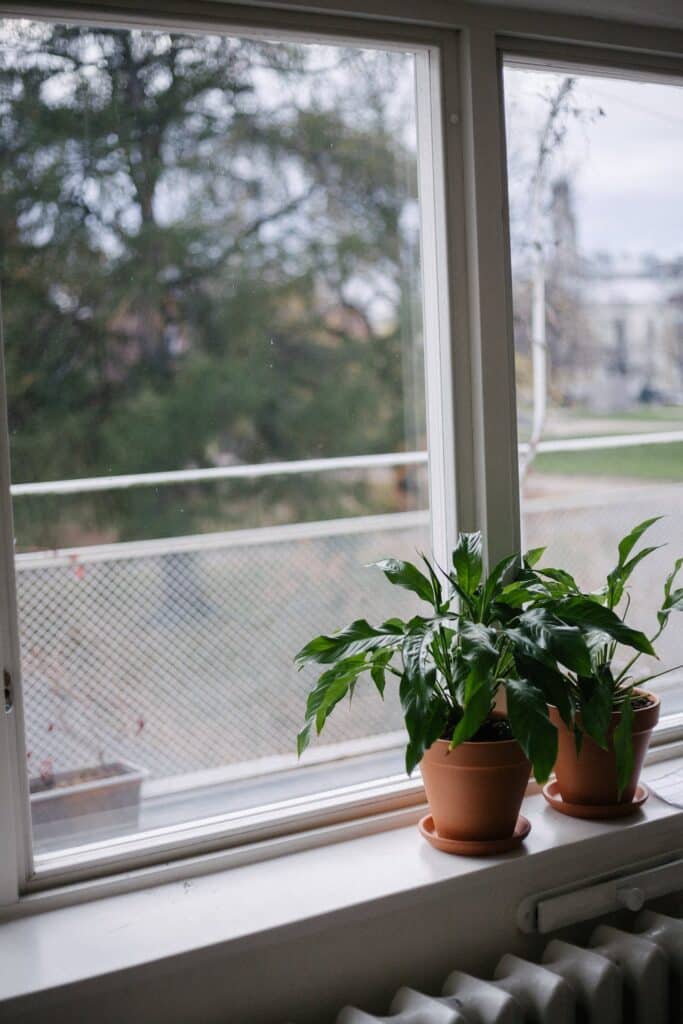
The Psychological Benefits of Indoor Plants
Reducing stress and promoting relaxation
Living with cancer can be incredibly stressful, and finding ways to alleviate stress is crucial for patients’ well-being. Indoor plants have been shown to have a calming effect on the mind and body, reducing stress levels and promoting relaxation. The simple act of tending to plants or even just gazing at their greenery can provide a much-needed respite from the challenges of cancer treatment.
Improving mood and reducing feelings of loneliness
Cancer treatment can often lead to feelings of isolation and loneliness. Indoor plants have the power to uplift spirits and improve mood. Their presence can provide a sense of companionship and connection to nature, helping to combat feelings of loneliness and providing a positive and nurturing atmosphere.
Boosting feelings of positivity and hope
Maintaining a positive outlook is essential for cancer patients, and indoor plants can play a significant role in fostering feelings of positivity and hope. The vibrant colors, fresh scents, and natural beauty of indoor plants serve as constant reminders of life’s vitality and resilience. By surrounding themselves with these living symbols of hope, cancer patients can find solace and inspiration throughout their treatment journey.
The Physical Health Benefits of Indoor Plants
Improving indoor air quality
Indoor air quality can have a profound impact on our health, and this is especially important for cancer patients who may have weakened immune systems. Indoor plants are highly effective at filtering and purifying the air, removing toxins and improving overall air quality. Through a process called photosynthesis, plants absorb carbon dioxide and release oxygen, creating a healthier and more oxygen-rich environment.
Promoting better sleep
Good quality sleep is crucial for cancer patients, as it supports the body’s healing and recovery processes. Indoor plants can aid in creating a sleep-friendly environment by promoting a sense of calm and tranquility. Additionally, certain plants, such as lavender and jasmine, have natural sedative properties and can contribute to a better night’s sleep.
Encouraging movement and physical interaction
Cancer treatment often involves periods of immobility or reduced physical activity. Indoor plants provide an opportunity for gentle movement and physical interaction. Whether it’s watering the plants, gently pruning their leaves, or simply enjoying their presence, engaging with indoor plants can help promote physical well-being and provide a gentle form of exercise.
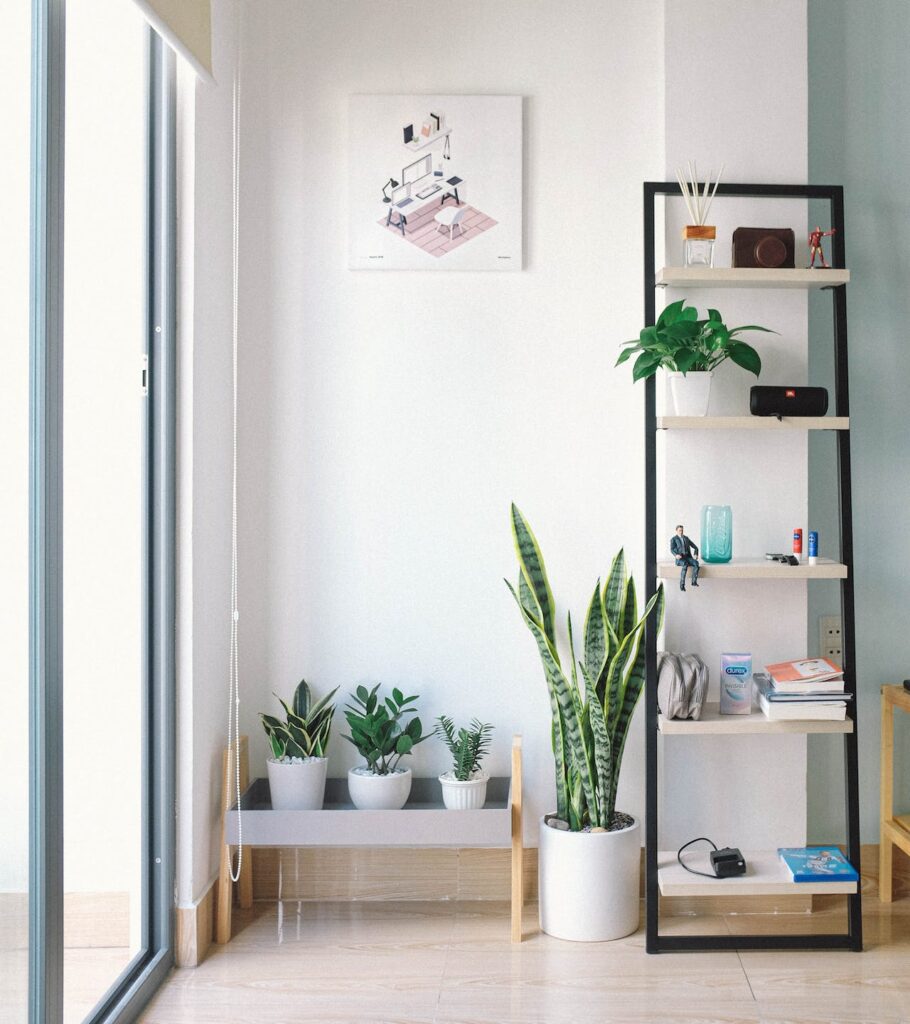
Best Indoor Plants for Cancer Patients
Easy-to-maintain indoor plants
When it comes to selecting indoor plants for cancer patients, it’s essential to choose varieties that are easy to maintain. Plants such as pothos, snake plant, and peace lily are known for their resilience and ability to thrive in a variety of conditions. These low-maintenance plants require minimal care and can provide the desired benefits without adding additional stress or maintenance tasks for the patient.
Plants that improve air quality
Indoor plants that are particularly effective at improving air quality are especially beneficial for cancer patients. Varieties such as spider plant, Boston fern, and English ivy are known for their air-purifying properties. These plants actively filter out toxins and release oxygen, creating a healthier and more refreshing living environment.
Non-toxic plants safe for all household members
Safety is a top priority when selecting indoor plants for cancer patients. It’s crucial to choose varieties that are non-toxic and safe for all household members, including pets. Some popular non-toxic options for indoor plants include areca palm, African violet, and Boston fern. By selecting non-toxic plants, cancer patients can enjoy the health benefits of indoor plants without any worries or risks.
Holistic Approach: Plants and Traditional Cancer Treatment
Complementary role of indoor plants in cancer treatment
Indoor plants can serve as a complementary therapy to traditional cancer treatments. While they do not replace medical interventions, they can enhance the overall well-being of patients and support their healing journey. By incorporating indoor plants into treatment spaces or the patient’s home, we can create a supportive and holistic environment that complements medical treatments and promotes a sense of well-being.
Interplay between nature therapy and traditional medicine
Nature therapy, which includes exposure to natural elements such as indoor plants, has been recognized as a valuable adjunct to traditional medicine. The interplay between nature therapy and traditional cancer treatments can have a profound impact on the physical, emotional, and psychological aspects of a patient’s well-being. By incorporating both nature therapy and medical interventions, we can provide a comprehensive approach to cancer treatment that addresses the patient’s needs on multiple levels.
Case studies: Indoor Plant Therapy and Cancer Patients
Real-life stories of plant therapy success
Numerous real-life stories highlight the positive impact of indoor plant therapy on cancer patients. From improved mood and increased feelings of calm to enhanced overall well-being, these stories provide compelling evidence of the therapeutic value of indoor plants. Personal anecdotes show that indoor plants can act as a source of comfort, support, and inspiration throughout the cancer treatment journey.
Clinical studies supporting plants’ therapeutic value
Scientific research also supports the therapeutic value of indoor plants for cancer patients. Clinical studies have demonstrated that exposure to indoor plants can result in reduced stress levels. It improves mood, and enhanced overall quality of life. Therefore, these studies highlight the importance of incorporating indoor plants into the care regimen for cancer patients. Moreover, they offer tangible benefits that go beyond mere aesthetics.
Maintaining Indoor Plants: Practical Tips
Watering and sunlight needs of indoor plants
Proper care and maintenance are essential to ensure the health and well-being of indoor plants. Understanding the specific watering and sunlight needs of different plant varieties is crucial. While some plants may require more frequent watering, others may thrive in low-light conditions. By providing the right amount of water and sunlight, we can ensure that indoor plants remain vibrant and healthy.
Preventing plant diseases and pest issues
Like any living organism, indoor plants can be susceptible to diseases and pest infestations. Implementing preventive measures, such as regular inspections, proper watering techniques, and appropriate fertilization, can help prevent these issues. Additionally, maintaining a clean and well-ventilated environment can minimize the risk of plant diseases and pests.
Choosing the right pot and soil
Selecting the right pot and soil for indoor plants is crucial for their overall health and well-being. The pot should have proper drainage to prevent water accumulation, which can lead to root rot. Choosing a suitable potting mix that provides adequate nutrients and drainage is equally important. By ensuring that the plants have the right pot and soil, we can create an optimal environment. Thus this helps them to grow and develop.
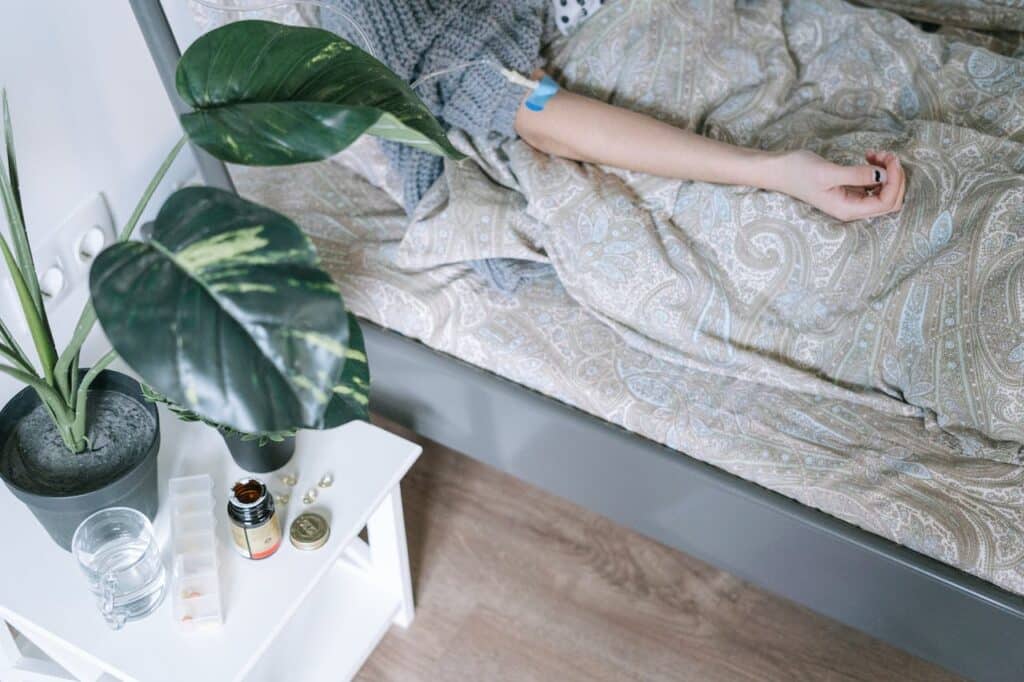
Indoor Plants and the Patient’s Living Environment
Incorporating plants into a patient-friendly space
Integrating indoor plants into a patient’s living environment can have a transformative effect on their overall well-being. Whether it’s the hospital room or the patient’s home, strategically placing plants in various areas can create a calming and healing atmosphere. From small potted plants on bedside tables to larger plants in room corners, the presence of indoor plants can contribute to a patient-friendly space that promotes relaxation and rejuvenation.
Making the most of limited space or low-light conditions
Not all cancer patients have access to spacious environments with abundant natural light. However, even in limited space or low-light conditions, there are ways to incorporate indoor plants effectively. Opting for smaller plants that can thrive in low-light conditions, using vertical gardening techniques. Moreover, utilizing hanging planters can maximize the use of space and bring the benefits of indoor plants to any setting.
Risks and Precautions with Indoor Plants
Understanding potential allergic reactions
Indoor plants offer a wide range of benefits, it’s important to be aware of potential allergic reactions. Certain plants, such as those in the lily family, can trigger allergic symptoms in susceptible individuals. Consequently, it is essential to consider any known allergies or sensitivities when selecting indoor plants. Especially in healthcare settings where the patient’s well-being is the top priority.
Avoiding toxic plants
Choosing non-toxic plants is particularly crucial when it comes to cancer patients’ living environments. Some indoor plants, such as certain species of ivy or philodendron, can be toxic if ingested. By selecting non-toxic plants, we can ensure the safety and well-being of all household members, including young children or pets.
Ensuring plant hygiene to avoid pathogens
Maintaining good plant hygiene practices is essential to prevent the spread of pathogens or diseases. Regularly cleaning the leaves to remove dust and debris, avoiding overwatering to prevent fungal growth, and promptly addressing any signs of disease or pests are important steps in maintaining plant hygiene. By implementing these practices, we can create a clean and healthy environment that safeguards the well-being of cancer patients.
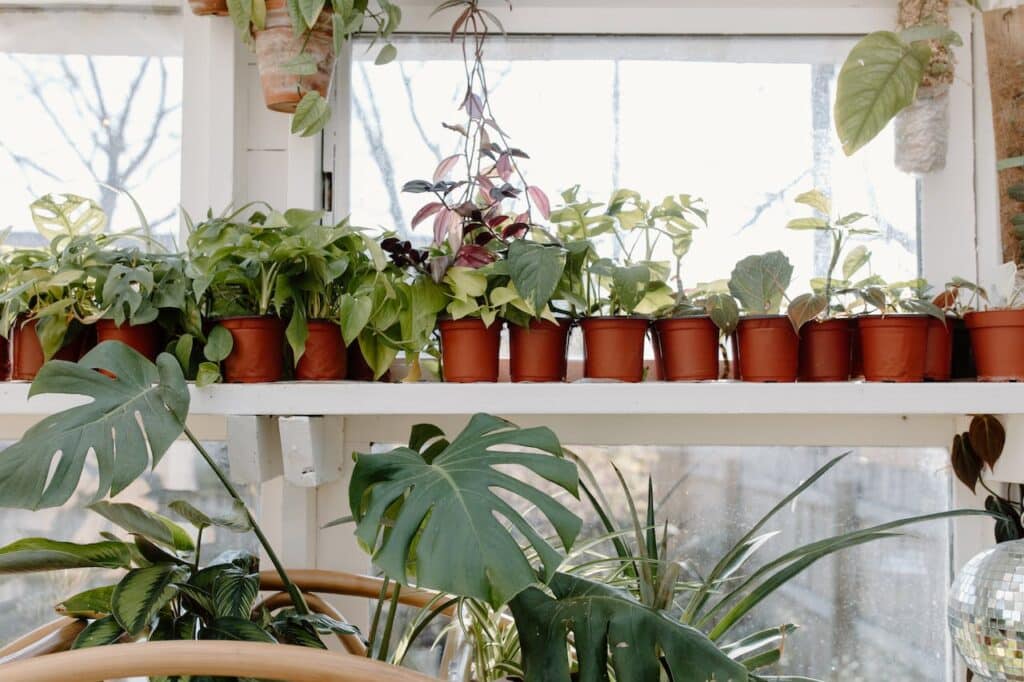
Understanding the value of indoor plants for cancer patients goes beyond their aesthetic appeal. From the psychological benefits of reducing stress and improving mood to the physical health benefits of improved air quality and better sleep, indoor plants offer a holistic approach to support the well-being of those going through cancer treatment. By incorporating biophilic design principles, selecting suitable plants, and maintaining them properly, we can create patient-friendly spaces that promote healing, comfort, and hope. Remember to consider individual needs, ensure safety, and appreciate the interplay between nature therapy and traditional medicine. With the right knowledge and practices, indoor plants can become invaluable allies in the cancer treatment journey, offering solace, inspiration, and a touch of natural beauty.

